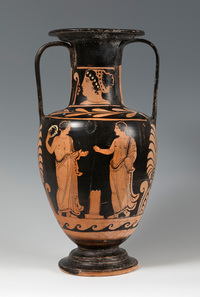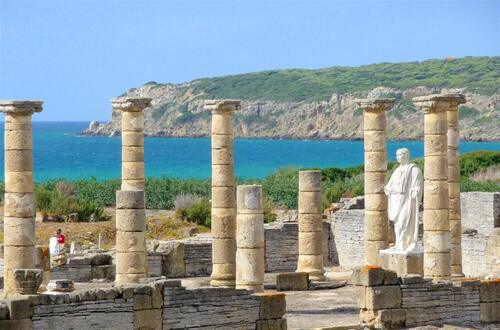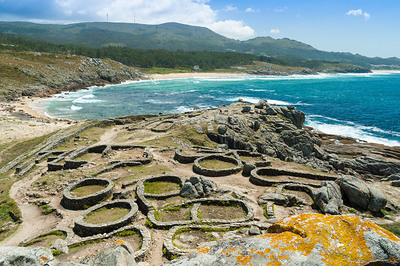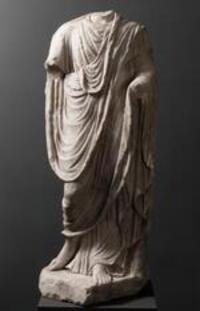Archaeological treasures, discover them this summer
The Spanish coast is one of the most attractive places for tourists from all over the world. In addition to the climate, it has true archaeological jewels and interesting vestiges of the ancient cultures that lived there. We could consider the summer period as the perfect opportunity to visit some of these places.
In the next article we will go through some of the valuable enclaves of our coasts that were chosen by our ancestors for their strategic location, both for their military and commercial conditioning and for their great resources, such as silver, gold, iron and lead, without forgetting the most important ones, grain and oil. All these attractions led the great civilizations to dispute them, from the Greeks to the Phoenicians, the Iberians, the Celts and, of course, the Romans.

Many of the main Spanish coastal settlements have existed for more than two thousand years, including major cities such as Tarragona (Tarraco), Sagunto, Cartagena (Cartago Nova), Malaga (Malaca) and especially Cadiz, the oldest inhabited city in Europe, with more than three thousand years behind it.
On the Catalan coast we find one of the first Greek colonies of the peninsula, Empúries. The very name of the city indicates its great function as a port of commerce. This Greek colony became a gateway to the Mediterranean for the people living on the peninsula. Goods arrived there from Greece and local minerals and crops were exported from there. The cosmopolitan atmosphere of the Greek culture was implanted in the region and evolved over the centuries by the different cultures that populated it. Today, we can visit a dreamlike place where Greek and Roman ruins open up with the sea as a backdrop.
Amphora; Greece 4th century B.C. Similar pieces would reach the Spanish coasts from the commercial relations between the Greek colonies and the peninsula. Lot sold at Setdart for 12.500€.


The province of Cadiz has an exceptional coastline, both for its natural beauty and the purity of the environment, and less invaded, fortunately, by the footprint of man. Cultures such as the Phoenicians, Greeks or the legendary Tartessians chose the area around Cadiz for their settlements.
In the inlet of Bolonia, near Tarifa, the Roman city of Baelo Claudia is located. The crystal clear waters, the fine white sand, as well as the dunes and pine forests, are the scenario where a city emerges that meets the perfect requirements of a typical Roman city. The streets perfectly gridded, divided by the cardo and decumanus, the houses with the courtyards as the heart, the theater, baths, forum and even an aqueduct. Although the foundation of the city dates back to the 2nd century B.C., there is a precedent of a Punic settlement. Its two great assets were, on the one hand, its port, fundamental for its proximity to the African coast, and on the other hand, the “garum” which was a fish preserve made in local factories and exported throughout the empire, being one of the most consumed products of its time.
In the north of the peninsula, other peoples developed their cultures, such as the Celts in Galicia. In the province of La Coruña is the castro of Baroña, located on a rocky promontory that forms a peninsula. The layout of the settlement has a clear defensive character. The dangerous Galician sea and two walls protected the houses built with the characteristic circular shapes of the castreña culture. Its state of preservation is exceptional, we can walk among the houses and alleys of an Iron Age settlement of more than twenty-one centuries ago. Ancestors of today’s Galicians, its inhabitants were the product of the union of Iberians and Celts from northern Europe who migrated to the Spanish coast from as far away as Britannia.

Knight togado, Imperial period, 1st-2nd century A.D. These sculptures could be found in most of the forums of the Roman cities of Hispania. Lot for sale in Setdart.
The great cultural heritage of Spain is in every corner of the country, the antiquity as we have seen, emerges bringing to light unparalleled archaeological treasures in the world and available to everyone. We can practically spend the usual day at the beach next to the ruins of the mythical Roman or Greek past. These deposits are just a small sample of what we can still find along our coasts, in the most unexpected places.





